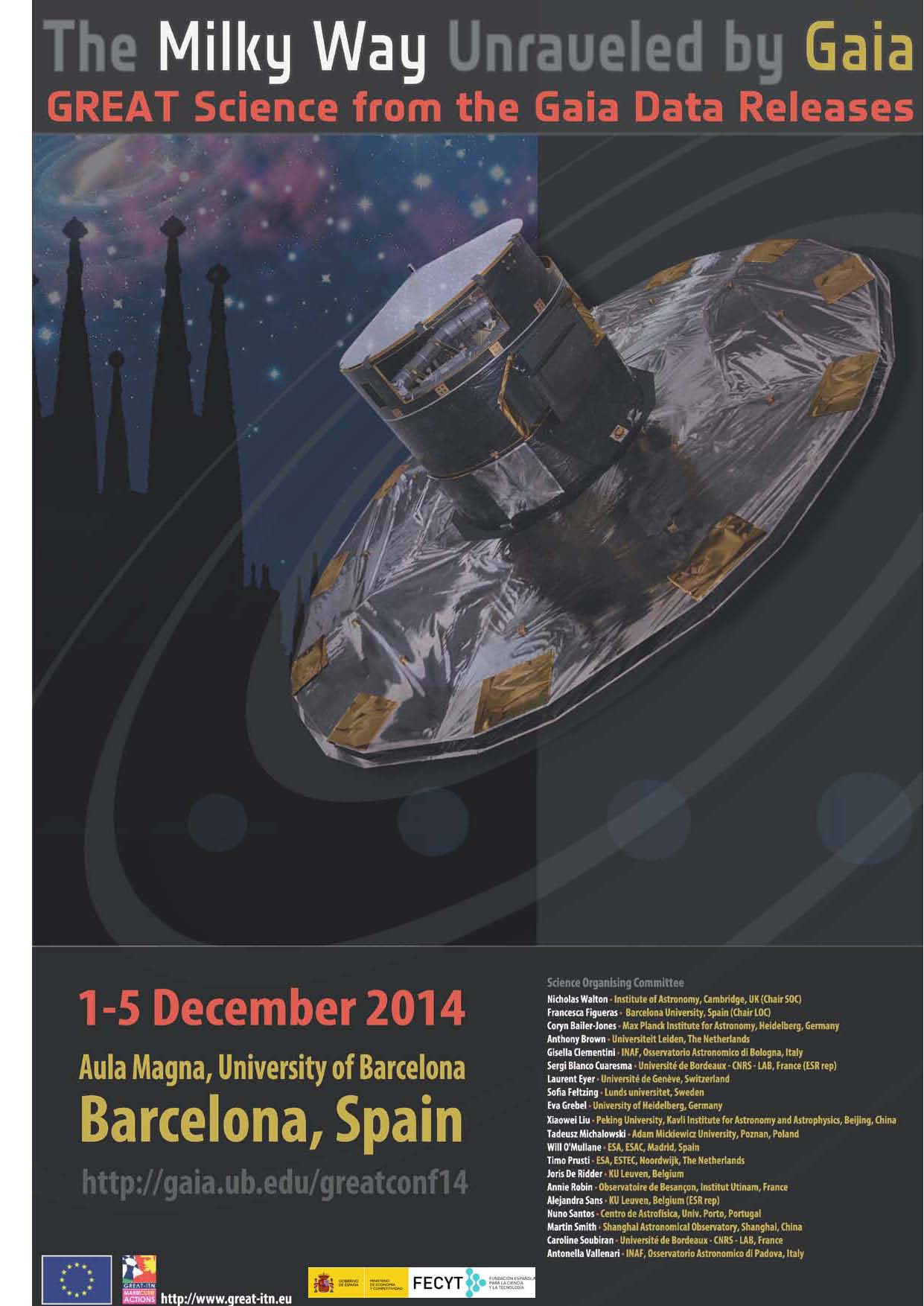The Milky Way: facts and fiction
M. Moreno (UPC,Spain)
In 2001, ESA presented a study entitled "Innovative Technologies from Science-Fiction (SF) for Space Applications" (ITSF, ESA, 2001). The main objectives were to review the genre of SF (literature, artwork and films) "in order to identify and assess innovative technologies and concepts described therein which could possibly be developed further for space applications." SF are full of descriptions of space technologies and physical and astronomical concepts. Usually, authors describes space concepts based on the scientific knowledge available at the time. Often are pure imagination, sometimes based on some semblance of fact. Misconceptions and mistakes are also unfortunately habitual. For example, in the film Independence Day (1996) the hypothetical origin of the aliens is a planet that is beyond the limits of the known universe!: "They come from a world 90,000 million light years from Earth? Following the original idea of ESA's study, we focus on aspects related with our Galaxy not considered there. In this work certain concepts of the relationship, not very flowing, between the Milky Way and modern SF are analyzed: central black hole (The Black Hole, 1979); exoplanets (Star Wars saga, 1977-2005); the spiral structure and the edge of the galaxy (Star Trek: The Original Series, 1966-1969); stellar component (Avatar, 2009; The Big Bang Theory, TV sitcom, 2007); colonization of space (Elysium, 2013); Andromeda Galaxy(A for Andromeda, 1961; District 9, 2009) and others.
At the same time that SF can be used to stimulate thoughts and ideas, the recent advances (Gaia mission) in the comprehension of our Galaxy can be incorporated as elements of fiction. In front of the growing interest of the citizens for the astronomy, it is palpable and notorious the persistence of certain astronomical illiteracy (Comins, 2001). Watching films and reading books can help the public not only to understand the advances and discoveries that the makers of fiction, such as scriptwriters, film directors and writers, incorporate into their works, but also to exercise a healthy skepticism and the ability to think critically.
Topic revision: r1 - 2014-11-28 - SusanaBascon
Ideas, requests, problems regarding TWiki? Send feedback

